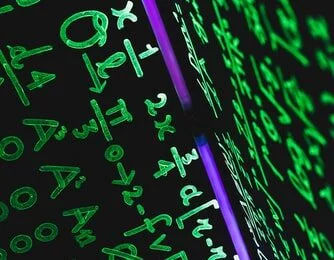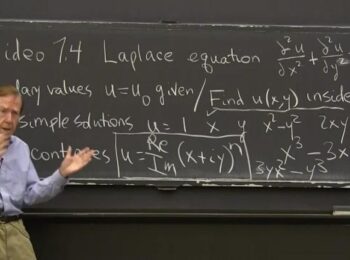How To Find Area Under Curve In Calculus
Figuring out how to find the area a under curve in a graph can be a simple process once you understand the formula and the surrounding pieces of information given in the problem. Finding the area is part of integration mathematics, and by using the appropriate formula, we can calculate not just the area, but any given quantity.
A typical graph has an x-axis and a y-axis, and when you add a curve to this structure, you’ll immediately see where the area under the curve lies. By finding the points along the curve, we can input them into the formula for finding the area under a curve, and solve for the final answer.
What Is Calculus?
Calculus is one kind of mathematics and deals with finding different properties of integrals of functions and other derivatives. To see these values, specific mathematical methods are used that are based on the sums of differences which are infinitesimal.
There are two primary types of calculus, which are integral calculus and differential calculus. Overall, calculus can be summed up as a system of calculating and reasoning different values as they undergo constant change.
These two kinds of calculus are connected to each other by a theory called the fundamental theorem of calculus. Both kinds of calculus use notions such as infinite sequences, convergence, and infinite series as it applies to limits that are well defined.
The calculus that is taught currently is credited to the 17th-century mathematicians Isaac Newton and Gottfried Leibniz. Calculus today is now widely used in other disciplines such as economics, engineering, and science.
Calculus is now part of the modern curriculum taught in most schools, and it can serve as a gateway to more complicated mathematical learning, and other studies regarding limits, functions, and additional mathematical analysis.
It’s possible that you may have also heard calculus referred to by other names such as infinitesimal calculus, or “the calculus of infinitesimals. Calculus has also been employed as a name for different kinds of mathematical notation such as Ricci calculus, lambda calculus, propositional calculus, process calculus, and calculus of variations.
Calculus dates back to ancient and even medieval times where it was used to develop different ideas surrounding calculations such as area, volume, and early ideas about limits. Calculus has been used to discover different values such as the area of a circle, and the volume of a sphere.






